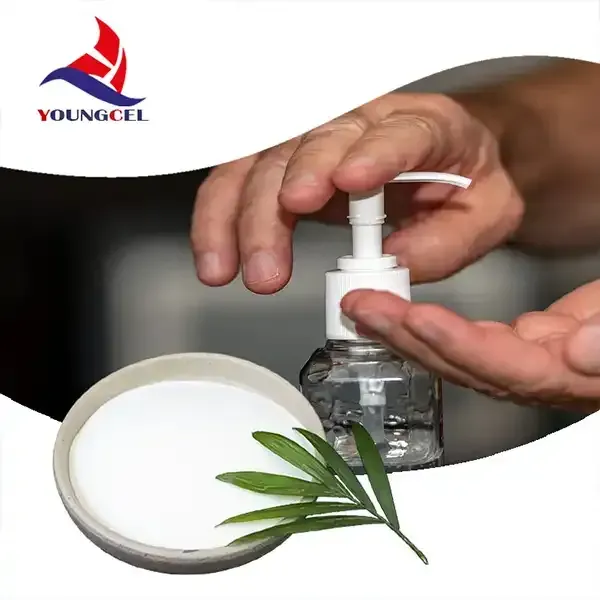The Role of Cellulose Ether HPMC in Modern Applications
Cellulose ether, particularly Hydroxypropyl Methylcellulose (HPMC), has garnered significant attention in various industries due to its versatile properties and applications. As a non-ionic, water-soluble polymer derived from cellulose, HPMC stands out for its unique ability to form gels and films, making it an essential component in many formulations, including pharmaceuticals, food products, and construction materials.
The Role of Cellulose Ether HPMC in Modern Applications
In the realm of food science, HPMC acts as a thickening agent, emulsifier, and stabilizer. It is often found in gluten-free products, aiding in achieving a texture that mimics traditional wheat-based foods. Its gelling properties help improve the mouthfeel of food products, enhancing sensory experiences for consumers. Additionally, HPMC is recognized for its ability to control moisture and prolong shelf life, making it a popular choice in the formulation of sauces, dressings, and dairy products.
cellulose ether hpmc

In construction, HPMC is used as a vital component in cement and plaster formulations. Its water-retention properties help prevent the rapid drying of mixed materials, ensuring better adhesion and workability. HPMC contributes to improved flow characteristics, making it easier to apply and spread. Moreover, it enhances the durability of construction materials, making them more resistant to cracking and wear over time.
The versatility of HPMC extends to personal care products, where it is used as a thickener and film-forming agent in lotions, creams, and gels. Its skin-friendly properties and ability to retain moisture make HPMC an ideal ingredient for various cosmetic formulations, appealing to consumers seeking high-quality skincare solutions.
Despite the myriad of applications, it is essential to consider sustainable sourcing and environmental impacts when utilizing cellulose derivatives. As demand grows, research into eco-friendly alternatives and production methods is becoming increasingly important. This focus on sustainability not only benefits the environment but also aligns with the consumers’ preference for green products.
In conclusion, Hydroxypropyl Methylcellulose (HPMC) is a multifunctional cellulose ether that plays a crucial role across various industries. Its unique properties, including water solubility, gel formation, and thickening ability, make it indispensable in pharmaceuticals, food, construction, and personal care. As industries continue to evolve, HPMC's relevance is likely to expand, paving the way for innovative applications and sustainable practices in the future.
-
A Comprehensive Guide to Methyl Ethyl Hydroxyethyl Cellulose: Applications and Industry InsightsNewsNov.24,2025
-
Understanding Methyl 2 Hydroxyethyl Cellulose: Uses, Benefits & Industry InsightsNewsNov.24,2025
-
Hydroxyethyl Methyl Cellulose HEMC: Industrial Uses, Benefits & Future TrendsNewsNov.23,2025
-
HEMC Cellulose: Versatile & Sustainable Industrial Polymer | YoungcelNewsNov.23,2025
-
Methyl Hydroxyethyl Cellulose: Versatile Building Block for Industry & SustainabilityNewsNov.23,2025
-
CAS 9032 42 2: Understanding Polyvinyl Alcohol's Impact on Industry & SustainabilityNewsNov.22,2025




